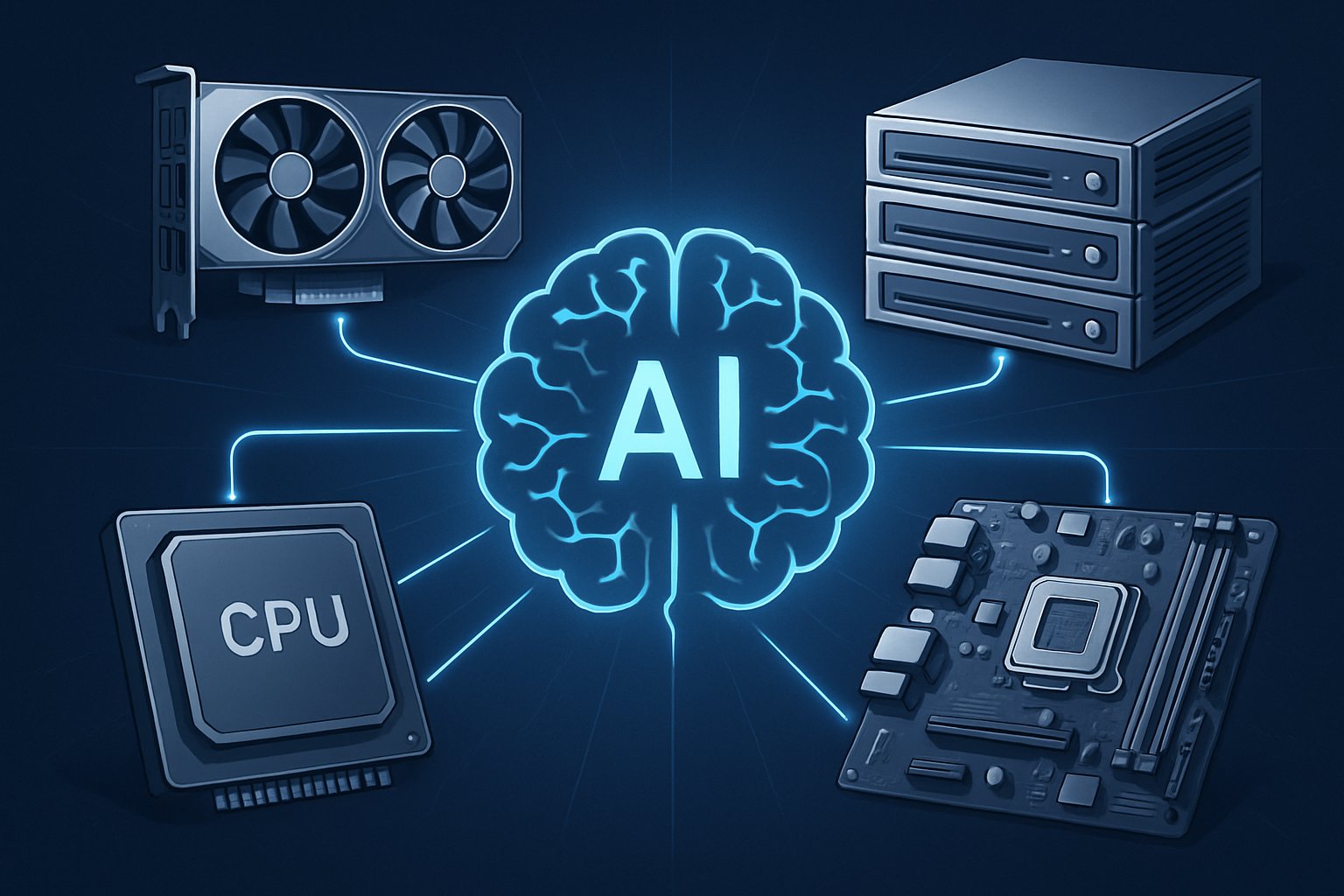
AI CERTS
4 hours ago
DeepSeek V3.2-Exp: Catalyst for Cost-Efficient AI Development

Moreover, DeepSeek cut API prices by more than half alongside the open-source code and weights.
These moves could democratize enterprise projects previously blocked by prohibitive inference bills.
However, analysts caution that sparse attention may hide rare but critical context.
This article examines how V3.2-Exp reshapes cost-efficient AI development across technical, market, and policy dimensions.
Readers will learn practical implications, emerging risks, and actionable next steps.
Therefore, decision makers can gauge whether the release fits their 2025 roadmaps.
Sparse Attention Efficiency Gains
Scaling dense attention inflates compute quadratically as contexts grow.
In contrast, DeepSeek Sparse Attention inserts a lightweight FP8 indexer that ranks token relevance cheaply.
Consequently, it enables cost-efficient AI development even with sprawling transcripts.
Subsequently, the model attends only to the top-k entries, shifting complexity toward O(L·k).
Moreover, experimental benchmarks indicate 2-3× speed gains and 30-40% memory relief on 128K token trials.
These mechanics underpin initial cost savings. Consequently, the next section reviews DeepSeek’s published numbers and parity claims.
Inside DeepSeek V3.2-Exp
DeepSeek released V3.2-Exp on 29 September 2025 with full weights, kernels, and a detailed tech report.
Furthermore, the company slashed API rates by over 50 percent to showcase real-world savings.
Experimental benchmarks run by community teams confirm near-identical accuracy versus the earlier V3.1-Terminus baseline.
Such verification bolsters confidence in cost-efficient AI development at enterprise scale.
Moreover, the context window now reaches 128K tokens, matching archival use cases like legal discovery.
- Model scale: 671B parameters with hybrid MoE routing.
- Top-k selection: 2,048 keys per query during inference.
- Reported cost drop: 57,000 tokens billed at $0.0162 versus $0.0328 previously.
- Memory savings: up to 40% in community stress tests.
Consequently, developers observe tangible gains within hours of migration.
These experimental benchmarks validate DeepSeek’s efficiency assertions. However, market dynamics further determine adoption momentum, as discussed next.
Market And Ecosystem Response
Analysts highlight how DeepSeek’s move intensifies competition among domestic and global model vendors.
Meanwhile, SGLang and vLLM shipped day-0 runtimes, allowing rapid deployment across cloud and edge environments.
Community excitement rests partly on China-designed chips gaining first-class kernels, broadening hardware choice.
Additionally, vendors trumpet reduced Nvidia dependence as a strategic breakthrough amid ongoing supply constraints.
Independent experimental benchmarks will soon test vendor claims on non-NVIDIA accelerators.
Reuters reports that investors view the release as a lever for cost-efficient AI development inside regional markets.
Moreover, hardware makers Huawei and Cambricon confirmed kernel support within 48 hours.
These ecosystem signals indicate swift alignment around the model. In contrast, policy considerations now shape long-term trajectories.
Hardware Diversification Momentum Rise
DeepSeek’s open kernels landed on Ascend, Cambricon, Hygon, and AMD boards within days.
Consequently, companies exploring China-designed chips can prototype large context pipelines without rewriting code.
Tom’s Hardware notes that such ports foster reduced Nvidia dependence for cost-sensitive datacenters.
Moreover, policymakers tie hardware sovereignty to national security objectives under emerging tech regulations.
These rollouts also sustain cost-efficient AI development by leveraging diverse memory hierarchies and quantization toolchains.
The diversification story strengthens bargaining power across the supply chain. Nevertheless, technical caveats require careful evaluation, as the following section details.
Risks And Open Questions
Sparse attention may omit rare but vital context, potentially harming downstream reasoning quality.
Additionally, experimental benchmarks still lack full coverage of legal, medical, and multilingual scenarios.
Caution grows because incomplete indices could provoke national security concerns in defense chatbots or policy simulators.
Moreover, DeepSeek labels V3.2-Exp “experimental,” urging teams to validate safety layers before production rollout.
These uncertainties complicate cost-efficient AI development roadmaps. Therefore, leadership must balance ambition with validation budgets.
Risk management calls for structured testing and observability. Subsequently, we examine broader business impacts.
Strategic Business Implications Ahead
Lower inference bills reshape margins for document analysis, code search, and conversational knowledge management platforms.
Consequently, organizations focusing on cost-efficient AI development can unlock new freemium tiers without downgrading context length.
Moreover, firms adopting China-designed chips can negotiate bulk pricing while demonstrating reduced Nvidia dependence to investors.
Government buyers may also favor domestic hardware stacks to align with national security procurement rules.
Professionals can enhance their expertise with the AI Engineer™ certification, strengthening hiring pipelines.
These business levers widen adoption prospects across sectors. Therefore, actionable guidance now becomes essential.
Actionable Next Steps Forward
Enterprises should begin with controlled pilots comparing dense and sparse attention across critical workloads.
Additionally, measure latency, accuracy, and cost to confirm cost-efficient AI development targets are realistic.
Include China-designed chips in evaluation clusters to gauge stability and quantify reduced Nvidia dependence benefits.
Furthermore, monitor national security guidelines and adhere to audit requirements during model fine-tuning.
- Collect edge-case prompts for safety regression replay.
- Share anonymized logs to enable community experimental benchmarks replication.
- Establish rollback plans if sparse attention underperforms.
These steps create a disciplined path to value realization. Nevertheless, a strategic overview reinforces commitment.
DeepSeek’s V3.2-Exp signals an inflection point for organizations seeking cost-efficient AI development at unprecedented context scales.
Sparse attention lowers compute while largely preserving accuracy, according to current experimental benchmarks.
Moreover, emerging support across domestic accelerators ensures architectural flexibility and supply resilience.
Nevertheless, gaps in safety evaluation and policy alignment remain.
Leaders should therefore combine technical trials with governance reviews.
Act now, evaluate thoroughly, and scale confidently to capture the coming efficiency dividend.
Consequently, professionals pursuing senior roles can validate skill gaps with the previously mentioned AI Engineer™ certification.



